 |
 |
Today in History- January 15, 1955 - first solar-heated and radiation-cooled house in the United States. Respect for the powers of the sun has been a critical part of building design since humans first built shelters for protection from the environment. I grew up in the American Southwest and recall that adobe buildings were designed to cool in the summer and retain heat in the winter through appropriate use of thermal mass, windows and passive air circulation systems. Solar water heating was used in Florida, California, and the Southwest as early as the 1920s but never took off as a viable commercial industry.
Raymond W. Bliss (6 Oct 1915 - 7 Nov 2004) is credited with building the first integrated solar heating and radiation cooling house in Tucson, Arizona in 1955. Built at a cost of approxiamately $4,000 for labor and materials, the house used a large slanted slab of steel and glass that captured heat from the sun, which was ducted into the house. Summer cooling used the same ducts and associated fans and controls.
For more information, see the Engineering Pathway’s resources on solar energy, green and sustainable building design and architectural engineering. Curricular resources can be found on the Architectural Engineering Education Community site.










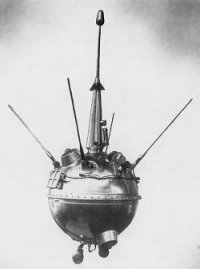
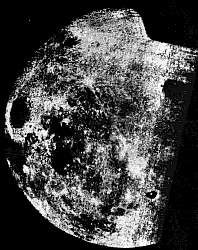
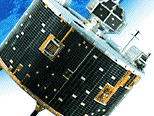
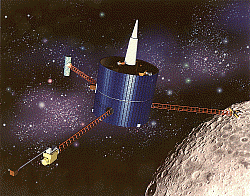

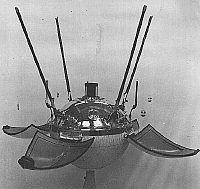













Posted in Topics: Technology
Add a Comment »